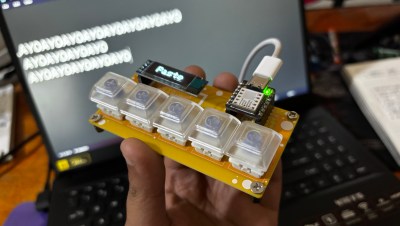How do you reconcile your love for hacking projects together with your love for that someone special? By making him or her a DIY masterpiece of blinking red LEDs, but in heart shape. Maybe with some custom animations, and in a nice frame with a capacitive touch sensor to turn it on or off.
Or at least, that’s what I did. The good news is that my girlfriend, now wife, understands that this sort of present comes from a place of love. And it probably didn’t hurt that I also picked up some flowers to frame it with, and cooked her favorite lunch later that afternoon.
But if I’m 100% frank with myself, I’d have to admit that this was about 50% “present” and 50% “project”. Of course it also helps that she gets me, and that she knows that I put a bunch of effort into making it look as good as it did, and maybe because of that she forgives the 50% project.
Valentine’s day projects are a high-wire balancing act. If any other project fails, you can just try again. But here, the deadline is firm. Cosmetics matter a lot more on Valentine’s day than the other 364 days of the year, too. And finally, you really have to know the gift-receiver, and be sure that you’re not falling deeper into the excuse-for-a-cool-project trap than I did. And don’t forget the flowers.
I pulled it off with this one, at least, but I do feel like it was close, even today. Have you ever made a Valentine’s hacking project? How’d it go?
(Note: Featured image isn’t my project: It’s a lot more colorful!)


















